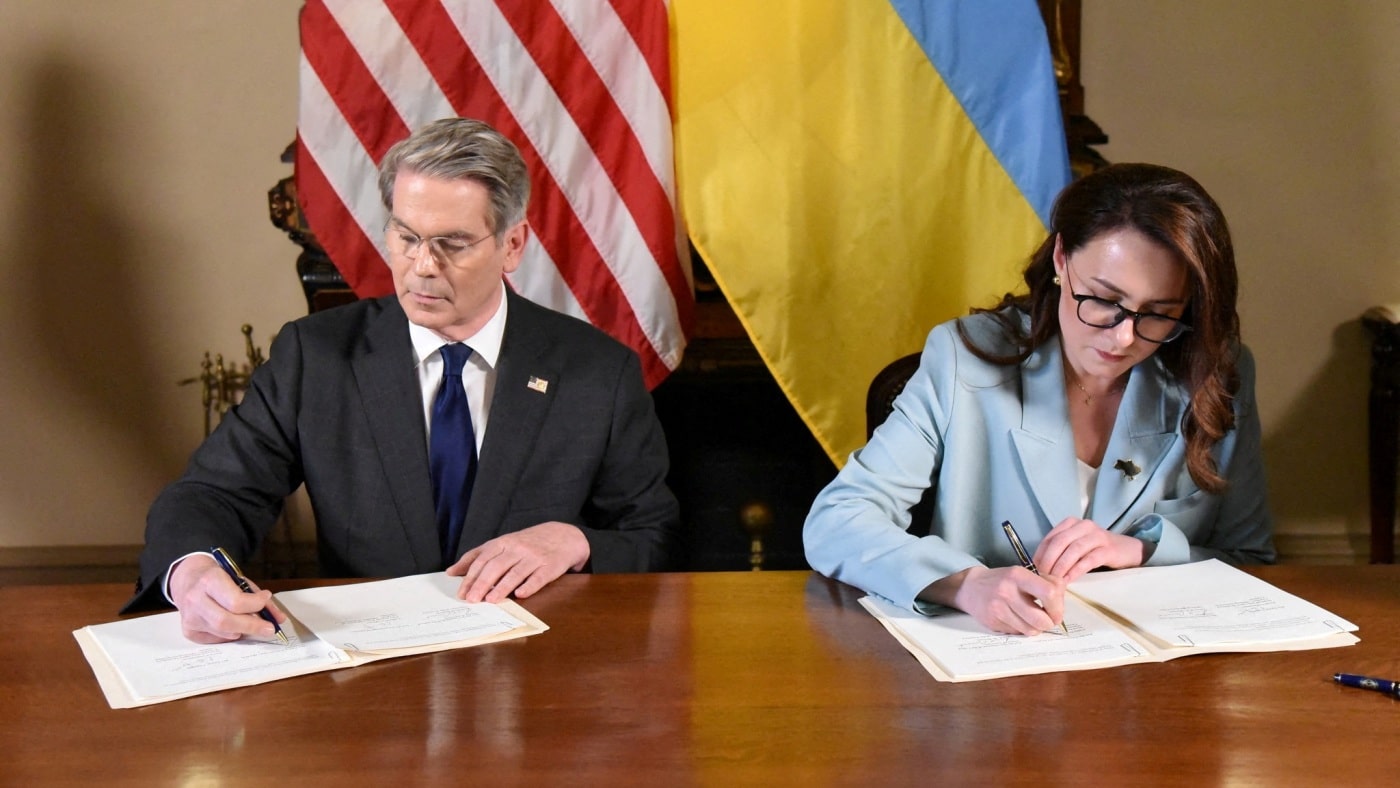US and Ukraine Forge Key Minerals Agreement: Implications for Companies and Sectors

After months of negotiations, the United States and Ukraine have reached a significant agreement that grants the U.S. access to vital minerals and other natural resources in Ukraine. This deal is expected to bolster long-term military and financial support for Ukraine as it continues to defend itself against Russian aggression. While the agreement awaits ratification by Ukraine’s parliament, it is already viewed as a more favorable arrangement compared to previous proposals that were criticized for being one-sided.
Details of the Agreement
The newly signed agreement includes access to 55 minerals, with the possibility of adding more in the future. Among the critical minerals covered are titanium, lithium, and uranium. This deal also establishes a reconstruction investment fund, which will be jointly managed by both countries. This fund aims to facilitate continued U.S. support, including military aid such as air defense systems, while also attracting investments from European allies.
Ukrainian Economy Minister Yulia Svyrydenko emphasized that the agreement reflects a commitment from the U.S. to promote long-term peace in Ukraine. She noted that the deal recognizes Ukraine’s contribution to global security, particularly its decision to relinquish its nuclear arsenal. Importantly, Ukraine will retain full ownership and control over its natural resources, including rare earth elements, oil, and gas. The agreement applies only to new discoveries and ventures, ensuring that existing state-run operations remain unaffected.
Ukraine’s Mineral Wealth
Ukraine is rich in mineral resources, holding deposits of 22 out of the 34 minerals classified as critical by the European Union. These include a variety of industrial and construction materials, precious metals, and select rare earth elements. Notably, Ukraine possesses one of the largest confirmed lithium reserves in Europe, estimated at 500,000 metric tons. Lithium is crucial for manufacturing batteries, ceramics, and glass.
Despite its wealth of resources, Ukraine’s mineral industry has remained largely undeveloped due to restrictive state policies, limited geological data, and the ongoing conflict with Russia. Approximately 40% of Ukraine’s metallic resources are located in areas currently occupied by Russian forces. The mineral sector contributed 6.1% to the country’s GDP and accounted for 30% of its exports in 2021. This situation has led to calls for the swift exploitation of remaining reserves to bolster the economy.
Historical Context and Future Implications
The recent agreement marks a significant shift from earlier proposals made during the Trump administration, which suggested that the U.S. would collect $500 billion in mineral profits as repayment for wartime support. Ukrainian President Volodymyr Zelenskyy rejected this notion, expressing concerns that it would burden future generations of Ukrainians.
U.S. Secretary of State Marco Rubio described the agreement as a critical step in American-led diplomatic efforts in the region. The deal also underscores Washington’s growing initiative to reduce its dependence on China for rare earth elements. By securing access to Ukraine’s mineral resources, the U.S. aims to strengthen its supply chain and enhance its strategic position in the global market for these essential materials.
Observer Voice is the one stop site for National, International news, Sports, Editor’s Choice, Art/culture contents, Quotes and much more. We also cover historical contents. Historical contents includes World History, Indian History, and what happened today. The website also covers Entertainment across the India and World.

